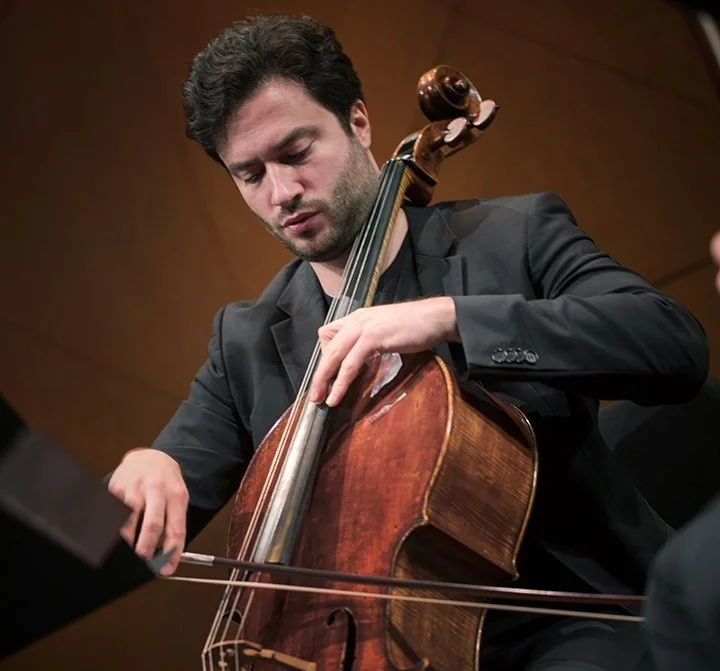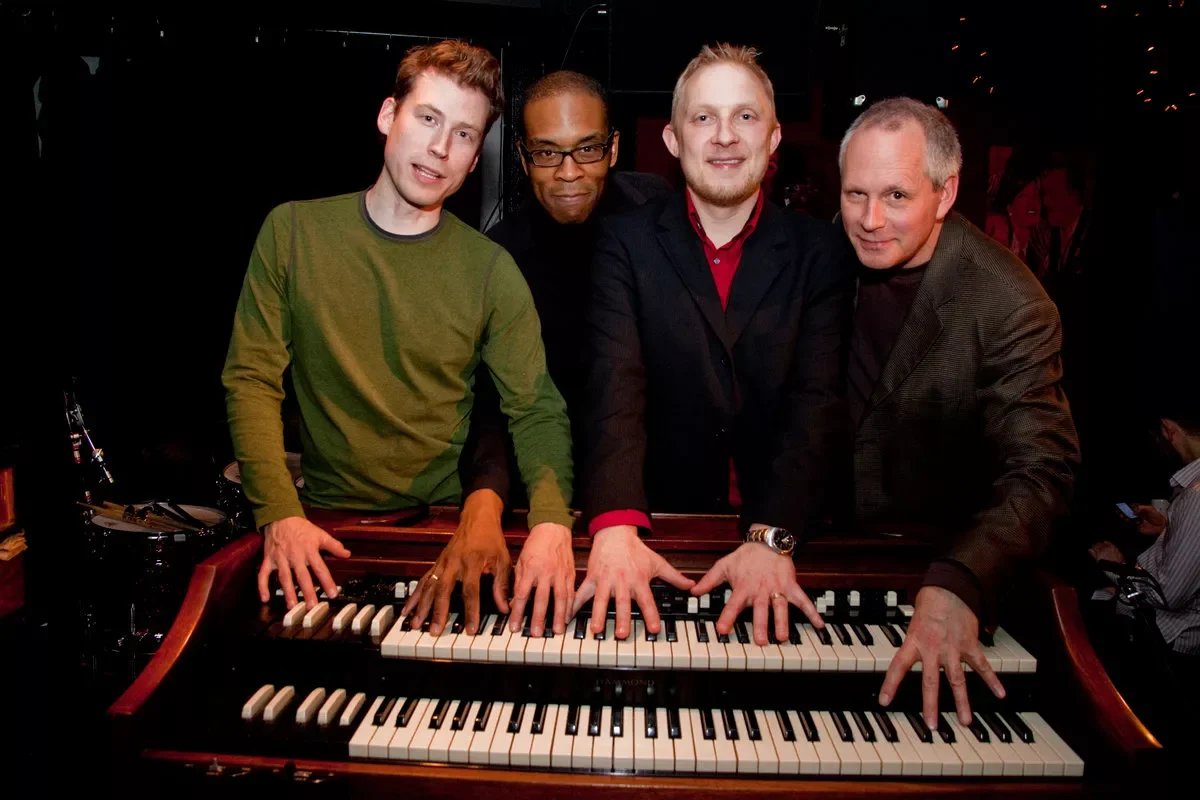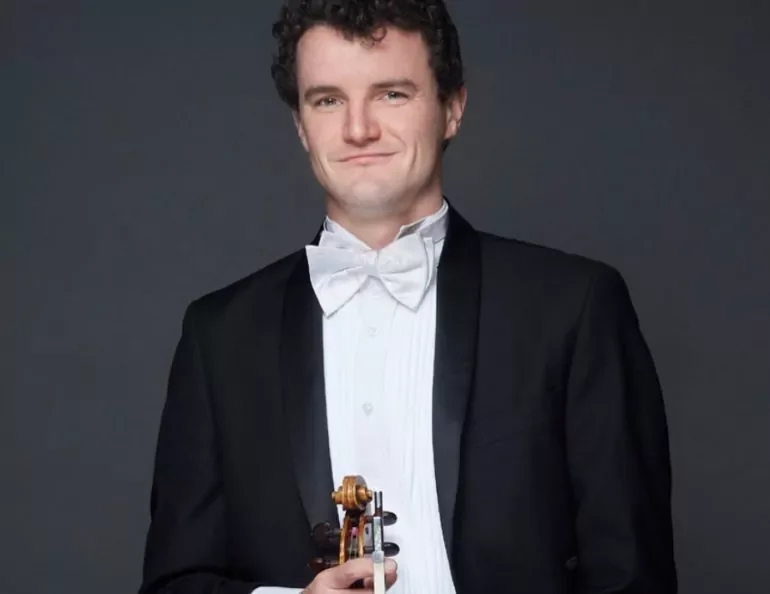Music review: Goldmund Quartet delivers precision and expressivity in droves, at Friends of Chamber Music concert
In Haydn to Borodin, Munich fab four display impeccable intonation and a seemingly extrasensory connection with one another
Christoph Vandory. Photo by Mark Mushet
Pinchas Adt. Photo by Mark Mushet
Raphael Paratore. Photo by Mark Mushet
Florian Schötz. Photo by Mark Mushet
Presented by Friends of Chamber Music at the Vancouver Playhouse on January 30
FROM THE AUTOBAHN to the electron microscope, German engineering is in a class of its own. And on Tuesday night, the Munich-based Goldmund Quartet took its audience on a ride through three iconic works with the meticulous precision and heart-thumping thrill of an Audi R8 going 300 km/h from Berlin to Hamburg.
Nothing was left to chance, not even their apparel. Violinists Florian Schötz and Pinchas Adt, violist Christoph Vandory, and cellist Raphael Paratore stepped out onto the Vancouver Playhouse stage in identical black suits, black T-shirts, and black patent-leather shoes. Their playing was as unified as their look.
Opening with Franz Joseph Haydn’s Quartet in D Minor, Opus 76, No. 2, affectionately termed the “Fifths” for the recurring falling fifths of its first movement, the musicians brought a youthful vigour to the piece, with inventive bowings and dynamic shifts in colour and tone. Bringing freshness and innovation to a work that’s been played for over 200 years? That’s no small feat.
All the while, the musicians displayed impeccable intonation and a seemingly extrasensory connection with one another. Each played with exquisite clarity of tone in which every note could be parsed by the ear, but placed exactly where it needed to be in the mix. (Perhaps it helps to perform on the “Paganini quartet” of Stradivarius instruments, as the Goldmund does.)
Alexander Borodin’s String Quartet No. 2 in D Major, with its gorgeous lyrical lines, was as divine and layered as a black forest cake. From the throaty opening of the Allegro moderato to the dramatic resounding final chords of the “Finale:Andante–Vivace” movement, the young foursome delivered endless delight. Accented notes weren’t just stressed, they were punctuated. Vibratos weren’t deployed de rigeur; they were used strategically, or not at all. Phrases didn’t just echo—they were reinterpreted and reframed.
Closing out the program was Ludwig Van Beethoven’s String Quartet in F Major, Opus 59, No. 1, a meaty 40-minute work that challenged musicians and audiences when it was first written. The Goldmund gave a propulsive, charged energy to the physically demanding piece, filling it with contrast and dimension: gruff, emphatic staccatos; shimmering, delicate pianissimos; and everything in between.
After such a sumptuous program, the audience wasn’t about to let the evening end just like that. And so the Goldmund returned for an encore, an arrangement of Antonín Dvořák’s Humoresque No. 7, a lilting romp through an old chestnut of a tune that they milked just enough to generate chuckles in the theatre.
And with that, the Munich fab four crossed the finish line on their three-week North American tour, having dutifully left their newfound admirers with nothing wanting.
















